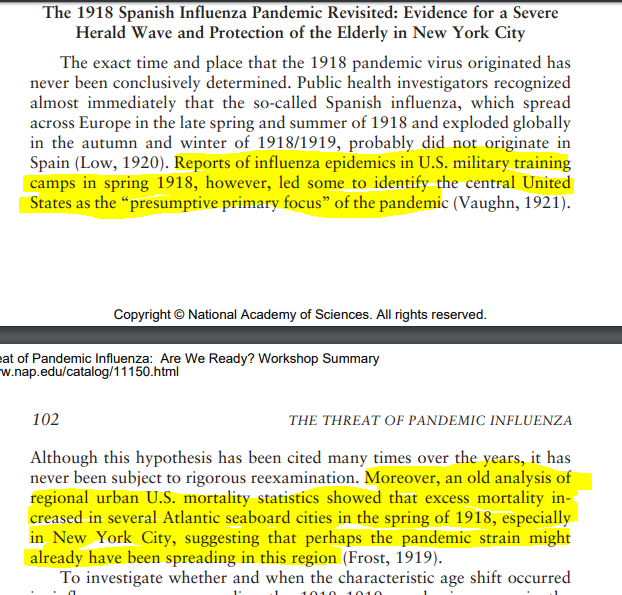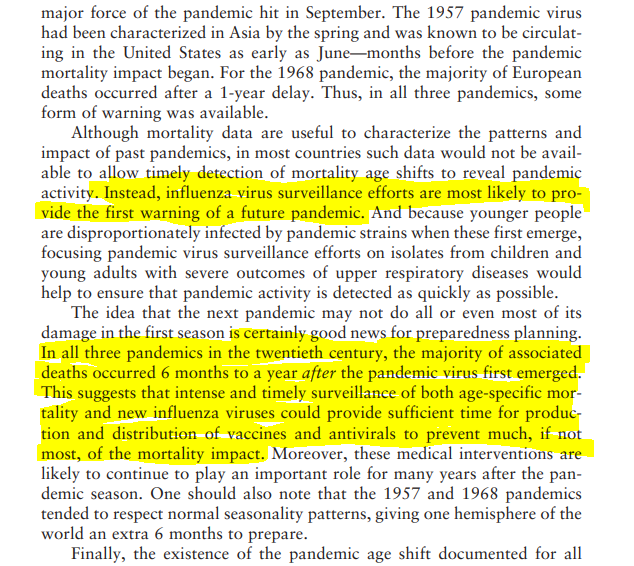You need to read this.
Institute of Medicine (US) Forum on Microbial Threats
The Threat of Pandemic Influenza: Are We Ready? Workshop Summary. 2005.
https://www.ncbi.nlm.nih.gov/books/NBK22156/pdf/Bookshelf_NBK22156.pdf
Particularly">https://www.ncbi.nlm.nih.gov/books/NBK... this section starting on page 57:
1 - THE STORY OF INFLUENZA
Institute of Medicine (US) Forum on Microbial Threats
The Threat of Pandemic Influenza: Are We Ready? Workshop Summary. 2005.
https://www.ncbi.nlm.nih.gov/books/NBK22156/pdf/Bookshelf_NBK22156.pdf
Particularly">https://www.ncbi.nlm.nih.gov/books/NBK... this section starting on page 57:
1 - THE STORY OF INFLUENZA
It is important to note that there are differences between COVID-19 and the influenza pandemics discussed in the above report. However, there are also important similarities between the two.
Q&A: Similarities and differences – COVID-19 and influenza
https://www.who.int/news-room/q-a-detail/q-a-similarities-and-differences-covid-19-and-influenza">https://www.who.int/news-room...
Q&A: Similarities and differences – COVID-19 and influenza
https://www.who.int/news-room/q-a-detail/q-a-similarities-and-differences-covid-19-and-influenza">https://www.who.int/news-room...
"The goal of the Forum is to provide structured opportunities for representatives from academia, industry, professional and interest groups, and government to examine and discuss scientific and policy issues...relating to emerging infectious diseases."
"As the contributors to this chapter demonstrate, there
is still much to be learned from past pandemics that can strengthen defenses against future threats."
is still much to be learned from past pandemics that can strengthen defenses against future threats."
The 1918 flu began with a relatively mild first wave of cases in the spring. It was followed by a devastating second wave in the fall, and a third wave early in 1919.
For the 1918 virus, "the combined deaths of those aged 20 to 34 more than doubled the deaths of all those over 50."
At this point this looks like a big difference compared to COVID-19. However, there is more to the story.
At this point this looks like a big difference compared to COVID-19. However, there is more to the story.
"Even if isolation only slowed the virus, it had some value. One of the more interesting epidemiological findings in 1918 was that the later in the second wave someone got sick, the less likely he or she was to die, and the more mild the illness was likely to be."
"That is, cities struck later tended to suffer less, and individuals in a given city struck later also tended to suffer less. Thus west coast American cities, hit later, had lower death rates than east coast cities..."
"The same pattern held true throughout the country and the world. It was not a rigid predictor. The virus was never completely consistent. But places hit later tended to suffer less."
Why did the places hit later suffer less severe effects from the 1918 virus?
There is no evidence that medical care improved significantly during the pandemic waves. Conditions would often get worse.
It wasn& #39;t that the most vulnerable people were struck first.
There is no evidence that medical care improved significantly during the pandemic waves. Conditions would often get worse.
It wasn& #39;t that the most vulnerable people were struck first.
"At the peak of the pandemic, then, the virus seemed to still be mutating rapidly, virtually with each passage through humans, & it was mutating toward a less lethal form."
This section really hits the
Social Disruption and Public Health
"In the United States, national and local government and public health authorities badly mishandled the epidemic, offering a useful case study."
The US gov& #39;t also passed a law outlawing disloyal speech.
"Simultaneously, the government mounted a massive propaganda effort. The combination of rigid control & disregard for truth had dangerous consequences.
...local officials almost universally told half-truths or outright lies...
They were assisted-not challenged-by the press..."
...local officials almost universally told half-truths or outright lies...
They were assisted-not challenged-by the press..."
In Philadelphia, when the public health commissioner closed all schools, houses of worship, theaters, & other public gathering places, one newspaper went so far as to say that this order was “not a public health measure”
and reiterated that “there is no cause for panic or alarm.”
and reiterated that “there is no cause for panic or alarm.”
"This horrific disconnect between reassurances and reality destroyed the credibility of those in authority. People felt they had no one to turn to, no one to rely on, no one to trust.
Ultimately society depends on trust. Without it, society began to come apart."
Ultimately society depends on trust. Without it, society began to come apart."
"One lesson is clear: In handling any crisis, it is absolutely crucial to retain credibility. Giving false reassurance is the worst thing one can do. Almost as bad as outright lying is holding information so closely that people think officials know more than they say."
O rly?
O rly?
"This has important implications for modern surveillance efforts. Although Asia’s population density and the close proximity of humans and animals there makes the region particularly dangerous, the evidence of 1918 demonstrates the need for surveillance worldwide."
"We have had only three pandemics in the 20th century. That is not a good base on which to build models."
The 1918 flu would have been 800% higher than the worst case given by CDC models (in 2005), for example.
The 1918 flu would have been 800% higher than the worst case given by CDC models (in 2005), for example.
The influenza epidemic of 1918 killed an estimated 675,000 Americans, including 43,000 servicemen mobilized for World War I. The impact was so profound as to depress average life expectancy in the US by more than 10 years & may have played a significant role in ending the WW I."
"The 1918 influenza had another unique feature: the simultaneous infection of both humans and swine. Thereafter the disease became widespread among swine herds in the U.S. midwest."
 https://abs.twimg.com/emoji/v2/... draggable="false" alt="🤔" title="Thinking face" aria-label="Emoji: Thinking face"> That& #39;s interesting.
https://abs.twimg.com/emoji/v2/... draggable="false" alt="🤔" title="Thinking face" aria-label="Emoji: Thinking face"> That& #39;s interesting.
"An old analysis of regional urban U.S. mortality statistics showed that excess mortality increased in several Atlantic seaboard cities in spring of 1918, especially in New York City, suggesting that perhaps the pandemic strain might already have been spreading in this region."
"Comparison of all-cause mortality data for people over
and under age 45 indicated that a shift in age-specific excess mortality happened very early in 1918, in the midst of an ongoing influenza season."
and under age 45 indicated that a shift in age-specific excess mortality happened very early in 1918, in the midst of an ongoing influenza season."
Conclusion: Lessons from Pandemics Past for Pandemics Still to Come
1. Mortality impact is difficult to predict, but a shift to younger ages is highly likely.
2. Pandemic mortality impact is not always “tornado-like.”
3. Often there is a warning.
1. Mortality impact is difficult to predict, but a shift to younger ages is highly likely.
2. Pandemic mortality impact is not always “tornado-like.”
3. Often there is a warning.

 Read on Twitter
Read on Twitter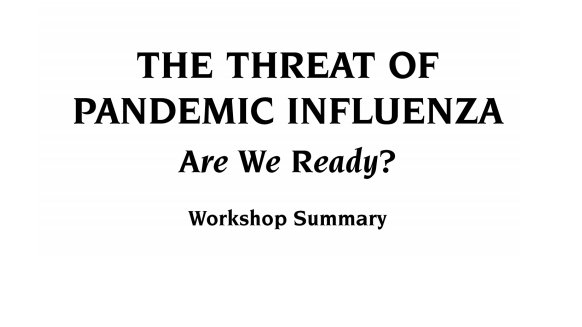
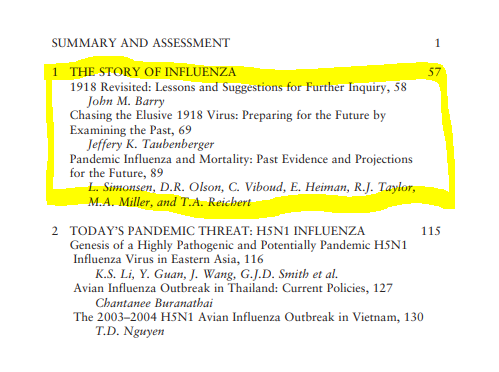
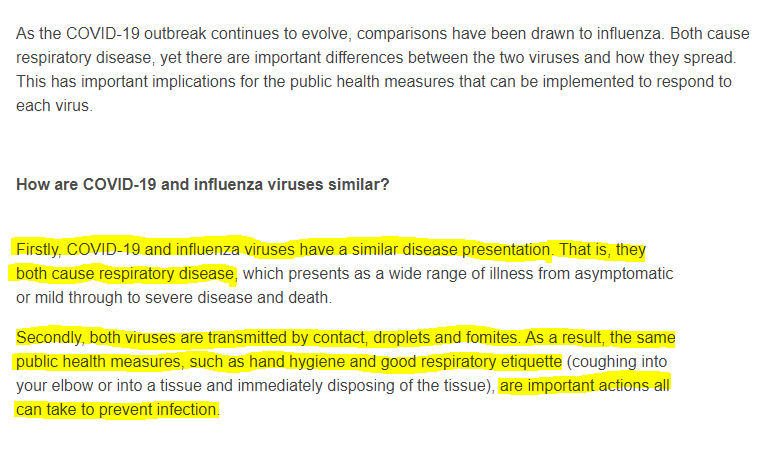
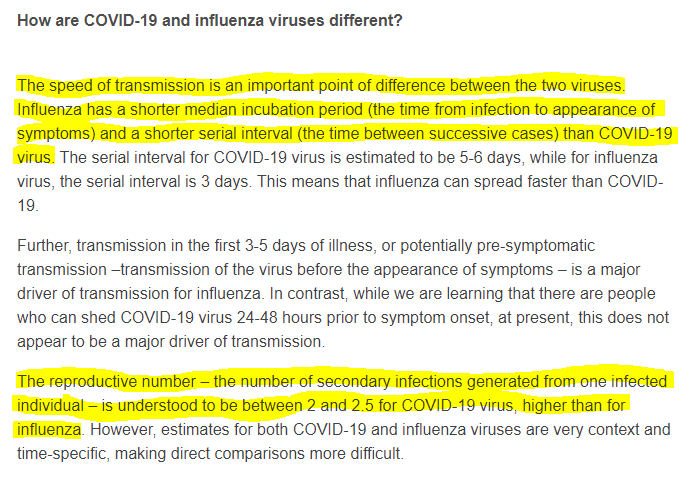
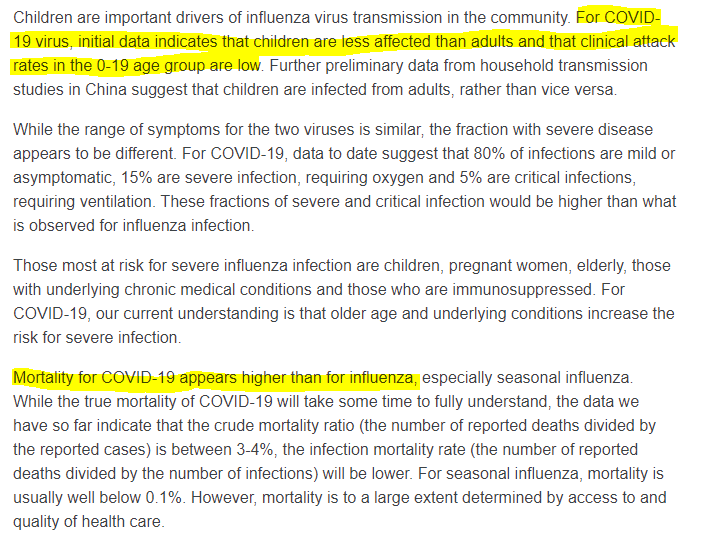
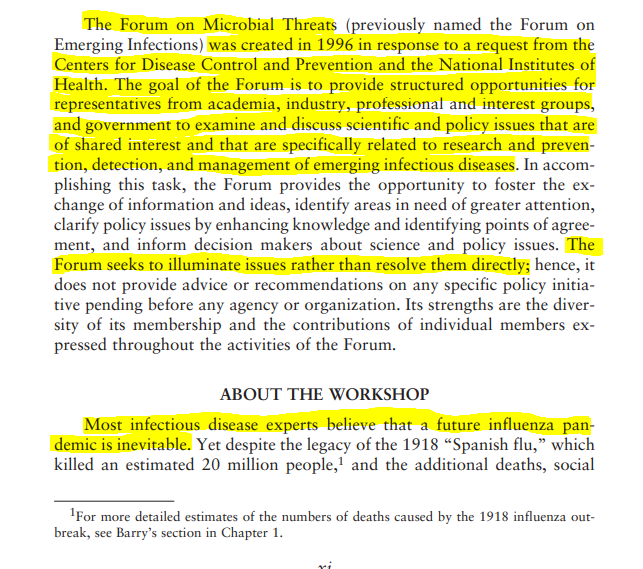

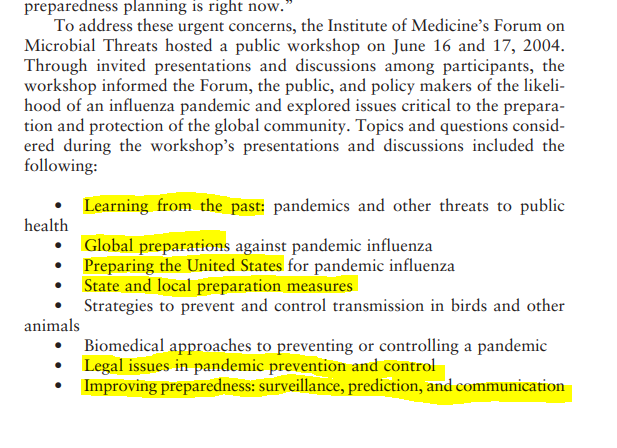



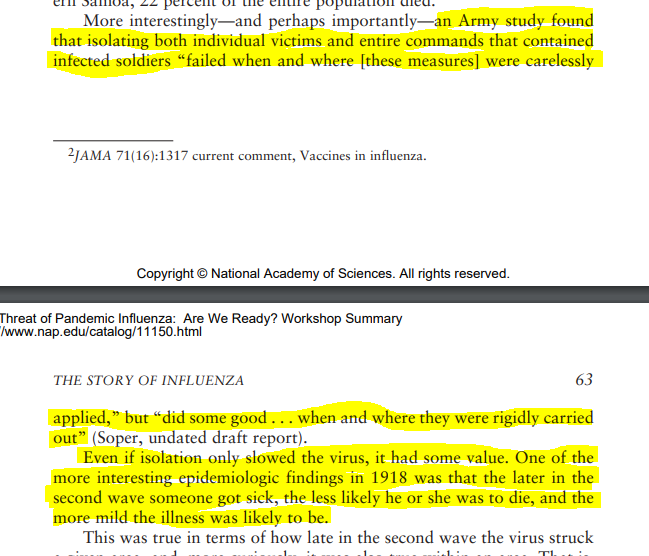




 https://abs.twimg.com/emoji/v2/... draggable="false" alt="🔥" title="Fire" aria-label="Emoji: Fire">https://abs.twimg.com/emoji/v2/... draggable="false" alt="🔥" title="Fire" aria-label="Emoji: Fire">This section really hits thehttps://abs.twimg.com/emoji/v2/... draggable="false" alt="🎯" title="Direct hit" aria-label="Emoji: Direct hit">.Social Disruption and Public Health"In the United States, national and local government and public health authorities badly mishandled the epidemic, offering a useful case study."The US gov& #39;t also passed a law outlawing disloyal speech." title="https://abs.twimg.com/emoji/v2/... draggable="false" alt="🔥" title="Fire" aria-label="Emoji: Fire">https://abs.twimg.com/emoji/v2/... draggable="false" alt="🔥" title="Fire" aria-label="Emoji: Fire">https://abs.twimg.com/emoji/v2/... draggable="false" alt="🔥" title="Fire" aria-label="Emoji: Fire">This section really hits thehttps://abs.twimg.com/emoji/v2/... draggable="false" alt="🎯" title="Direct hit" aria-label="Emoji: Direct hit">.Social Disruption and Public Health"In the United States, national and local government and public health authorities badly mishandled the epidemic, offering a useful case study."The US gov& #39;t also passed a law outlawing disloyal speech." class="img-responsive" style="max-width:100%;"/>
https://abs.twimg.com/emoji/v2/... draggable="false" alt="🔥" title="Fire" aria-label="Emoji: Fire">https://abs.twimg.com/emoji/v2/... draggable="false" alt="🔥" title="Fire" aria-label="Emoji: Fire">This section really hits thehttps://abs.twimg.com/emoji/v2/... draggable="false" alt="🎯" title="Direct hit" aria-label="Emoji: Direct hit">.Social Disruption and Public Health"In the United States, national and local government and public health authorities badly mishandled the epidemic, offering a useful case study."The US gov& #39;t also passed a law outlawing disloyal speech." title="https://abs.twimg.com/emoji/v2/... draggable="false" alt="🔥" title="Fire" aria-label="Emoji: Fire">https://abs.twimg.com/emoji/v2/... draggable="false" alt="🔥" title="Fire" aria-label="Emoji: Fire">https://abs.twimg.com/emoji/v2/... draggable="false" alt="🔥" title="Fire" aria-label="Emoji: Fire">This section really hits thehttps://abs.twimg.com/emoji/v2/... draggable="false" alt="🎯" title="Direct hit" aria-label="Emoji: Direct hit">.Social Disruption and Public Health"In the United States, national and local government and public health authorities badly mishandled the epidemic, offering a useful case study."The US gov& #39;t also passed a law outlawing disloyal speech." class="img-responsive" style="max-width:100%;"/>

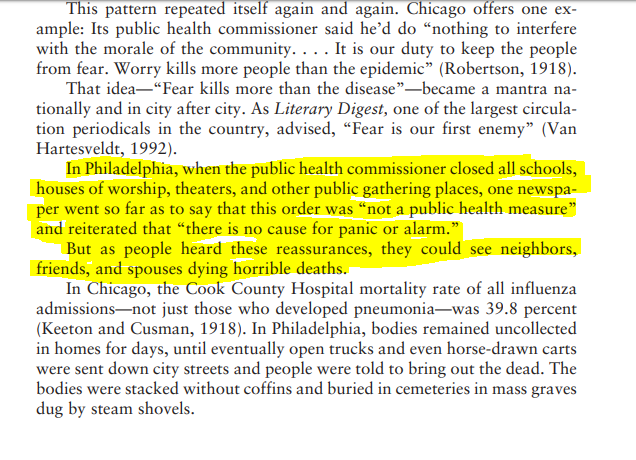


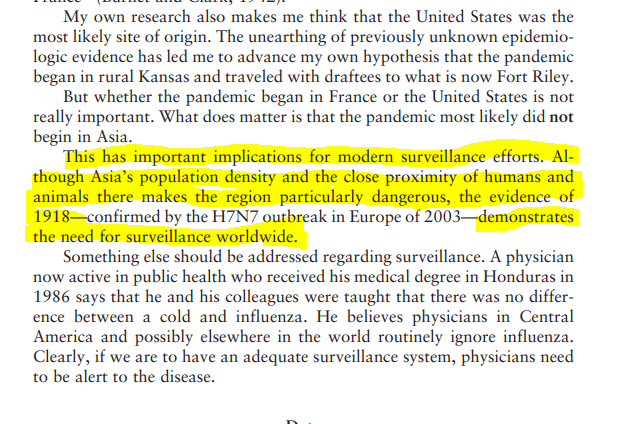



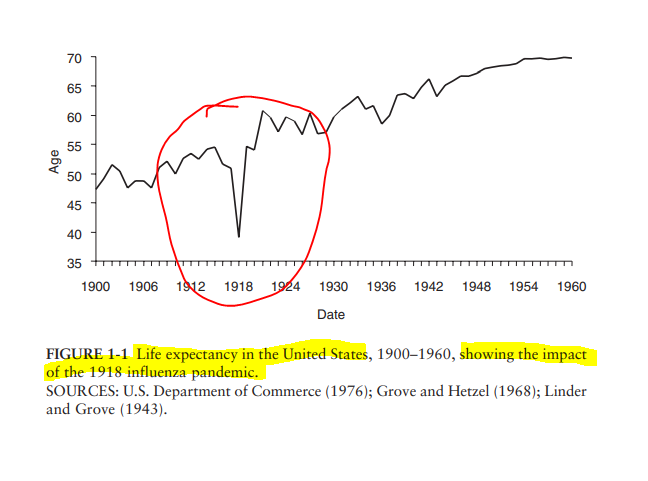
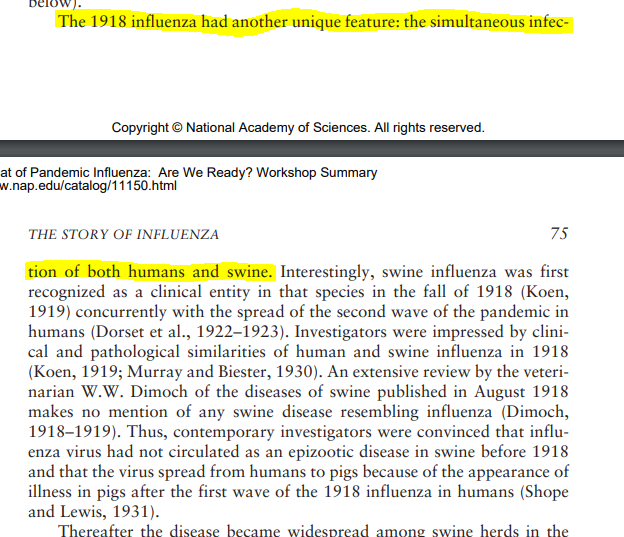 That& #39;s interesting." title=""The 1918 influenza had another unique feature: the simultaneous infection of both humans and swine. Thereafter the disease became widespread among swine herds in the U.S. midwest."https://abs.twimg.com/emoji/v2/... draggable="false" alt="🤔" title="Thinking face" aria-label="Emoji: Thinking face"> That& #39;s interesting.">
That& #39;s interesting." title=""The 1918 influenza had another unique feature: the simultaneous infection of both humans and swine. Thereafter the disease became widespread among swine herds in the U.S. midwest."https://abs.twimg.com/emoji/v2/... draggable="false" alt="🤔" title="Thinking face" aria-label="Emoji: Thinking face"> That& #39;s interesting.">
 That& #39;s interesting." title=""The 1918 influenza had another unique feature: the simultaneous infection of both humans and swine. Thereafter the disease became widespread among swine herds in the U.S. midwest."https://abs.twimg.com/emoji/v2/... draggable="false" alt="🤔" title="Thinking face" aria-label="Emoji: Thinking face"> That& #39;s interesting.">
That& #39;s interesting." title=""The 1918 influenza had another unique feature: the simultaneous infection of both humans and swine. Thereafter the disease became widespread among swine herds in the U.S. midwest."https://abs.twimg.com/emoji/v2/... draggable="false" alt="🤔" title="Thinking face" aria-label="Emoji: Thinking face"> That& #39;s interesting.">
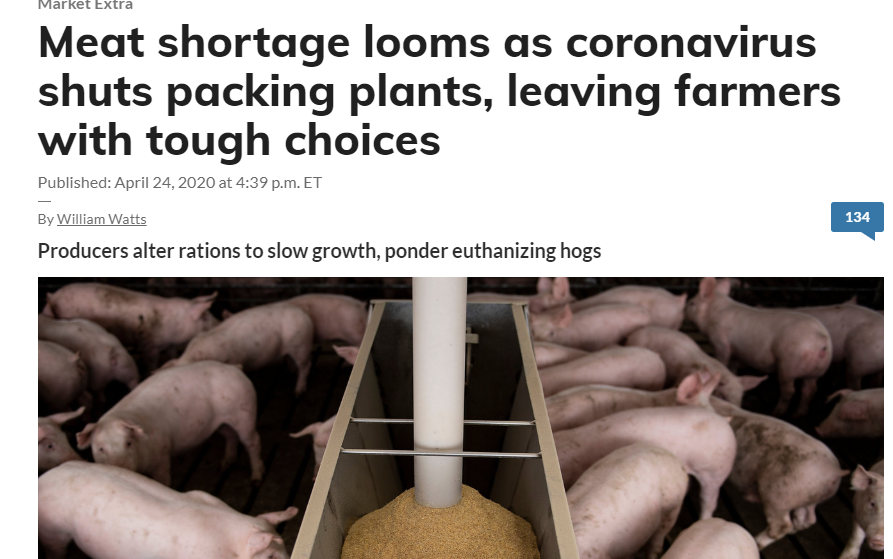 That& #39;s interesting." title=""The 1918 influenza had another unique feature: the simultaneous infection of both humans and swine. Thereafter the disease became widespread among swine herds in the U.S. midwest."https://abs.twimg.com/emoji/v2/... draggable="false" alt="🤔" title="Thinking face" aria-label="Emoji: Thinking face"> That& #39;s interesting.">
That& #39;s interesting." title=""The 1918 influenza had another unique feature: the simultaneous infection of both humans and swine. Thereafter the disease became widespread among swine herds in the U.S. midwest."https://abs.twimg.com/emoji/v2/... draggable="false" alt="🤔" title="Thinking face" aria-label="Emoji: Thinking face"> That& #39;s interesting.">
 That& #39;s interesting." title=""The 1918 influenza had another unique feature: the simultaneous infection of both humans and swine. Thereafter the disease became widespread among swine herds in the U.S. midwest."https://abs.twimg.com/emoji/v2/... draggable="false" alt="🤔" title="Thinking face" aria-label="Emoji: Thinking face"> That& #39;s interesting.">
That& #39;s interesting." title=""The 1918 influenza had another unique feature: the simultaneous infection of both humans and swine. Thereafter the disease became widespread among swine herds in the U.S. midwest."https://abs.twimg.com/emoji/v2/... draggable="false" alt="🤔" title="Thinking face" aria-label="Emoji: Thinking face"> That& #39;s interesting.">
